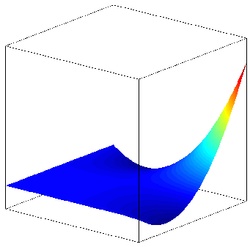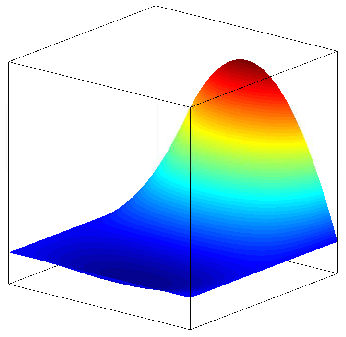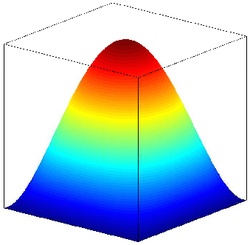Basis Functions and Shape Functions
While the weak form is essentially what you need for adding physics to MOOSE, in traditional finite element software more work is necessary.
We need to discretize our weak form and select a set of simple "basis functions" amenable for manipulation by a computer.
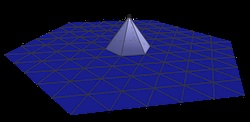
Example of linear Lagrange shape function associated with single node on triangular mesh

1D linear Lagrange shape functions
Shape Functions
Our discretized expansion of u takes on the following form:
The here are called "basis functions"
These form the basis for the "trial function",
Analogous to the we used earlier
The gradient of can be expanded similarly:
In the Galerkin finite element method, the same basis functions are used for both the trial and test functions:
Substituting these expansions back into our weak form, we get:
The left-hand side of the equation above is what we generally refer to as the component of our "Residual Vector" and write as .
Shape Functions are the functions that get multiplied by coefficients and summed to form the solution.
Individual shape functions are restrictions of the global basis functions to individual elements.
They are analogous to the functions from polynomial fitting (in fact, you can use those as shape functions).
Typical shape function families: Lagrange, Hermite, Hierarchic, Monomial, Clough-Toucher - MOOSE has support for all of these.
Lagrange shape functions are the most common. - They are interpolary at the nodes, i.e., the coefficients correspond to the values of the functions at the nodes.
Example 1D Shape Functions
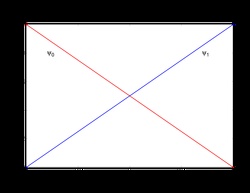
Linear Lagrange

Quadratic Lagrange
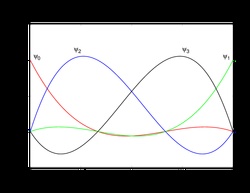
Cubic Lagrange

Cubic Hermite
2D Lagrange Shape Functions
Example bi-quadratic basis functions defined on the Quad9 element:
is associated to a "corner" node, it is zero on the opposite edges.
is associated to a "mid-edge" node, it is zero on all other edges.
is associated to the "center" node, it is symmetric and on the element.
